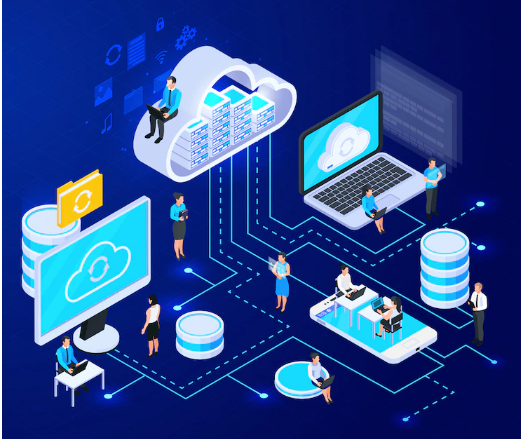With the growing Data Center market, imbibing new security technologies and compliance are a higher priority for DC service providers.

Data Centers are increasingly being used to store and process sensitive data, making their security and compliance with industry regulations more important than ever.
Artificial Intelligence (AI) and Machine Learning (ML) technologies
One trend likely to shape the future of data center security is the increasing use of artificial intelligence (AI) and machine learning (ML) technologies. These technologies can be used to detect and respond to security threats in real-time. They can also help to improve compliance by automating the monitoring and reporting of security-related data. For example, AI-powered security systems can automatically detect and respond to anomalies in network traffic, such as a sudden spike in traffic from a specific IP address.
The Growing Use of Edge Computing
Another trend likely to shape the future of data center security and compliance is the growing use of edge computing. Edge computing refers to the use of small, decentralized data centers that are located closer to the source of data, such as at the edge of a network. By bringing data processing closer to the source of data, edge computing can reduce latency and improve the performance of data-intensive applications. However, it also raises new security and compliance challenges, as these smaller data centers may have a different level of security and compliance than larger, centralized data centers.
Regulatory Changes and Compliance
In addition to these technological trends, regulatory changes will likely shape the future of data center security and compliance. For example, the European Union’s General Data Protection Regulation (GDPR) requires organizations to take several steps to protect the personal data of EU citizens. Moreover, similar regulations are likely to be adopted in other countries. As a result, organizations must ensure that their data centers comply with these regulations, which may require additional security measures and reporting requirements.
The Growing Use of Cloud Computing

Finally, the future of data center security and compliance will likely be shaped by the growing use of cloud computing. Cloud computing allows organizations to outsource the storage and processing of their data to third-party providers, which can provide significant cost savings and operational efficiencies. However, it also raises new security and compliance challenges, as organizations must ensure that their data is secure and compliant when stored and processed in the cloud.
In Conclusion
The future of data center security and compliance is likely shaped by several trends and regulatory changes. Therefore, organizations will need to stay up-to-date with these developments and take steps to ensure that their data centers are secure and compliant. This may include investing in new technologies such as AI and edge computing and ensuring compliance with regulations such as GDPR and other similar regulations.


Recent Comments